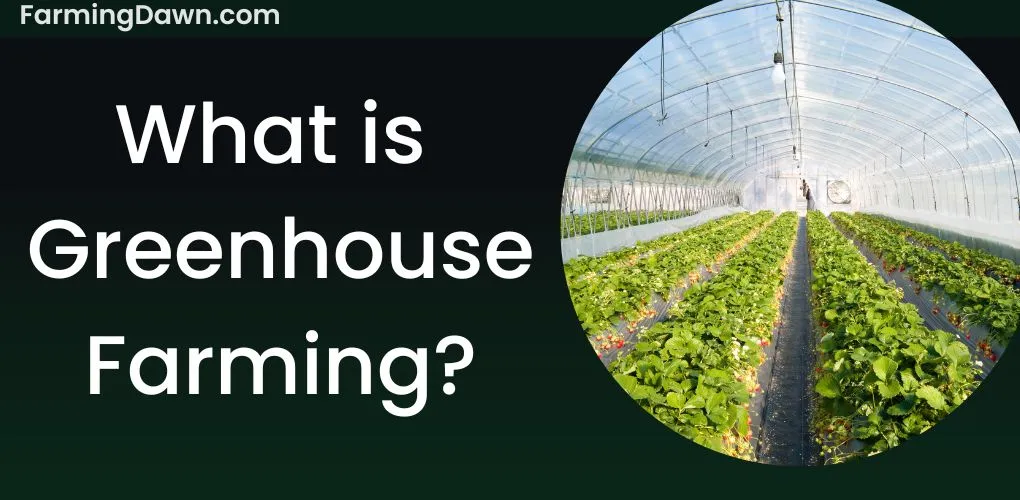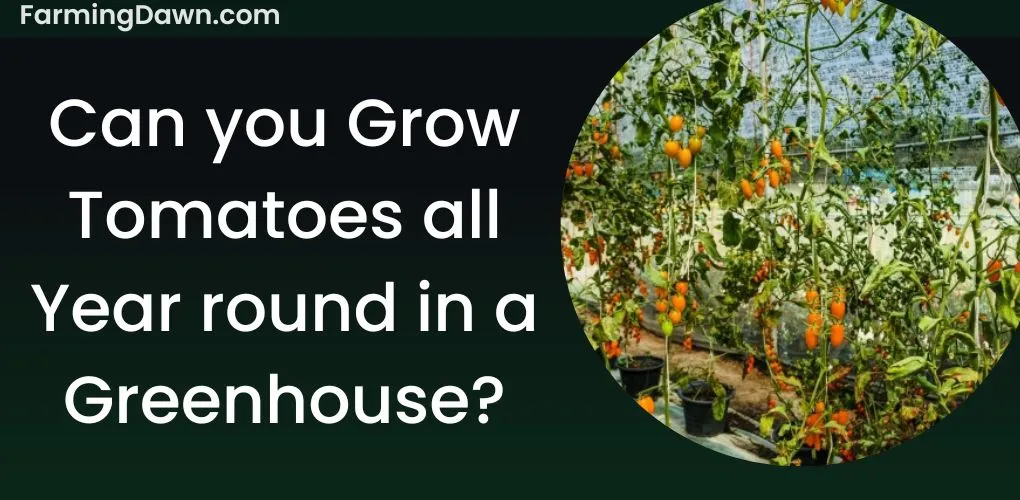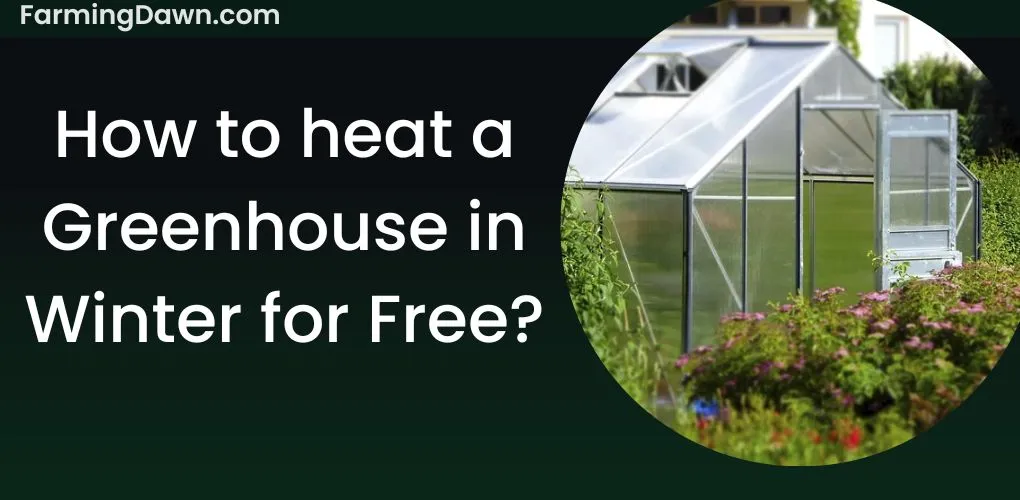Greenhouse farming, also known as controlled environment agriculture, is a cutting-edge method that maximizes crop yield while minimizing the influence of outside elements including pests, weather, and climate. In recent years, greenhouse farming has grown significantly in popularity, particularly in metropolitan settings where limited land is available and where consumers are clamoring for more locally grown food.
Today, I will discuss what is greenhouse farming, including its benefits, types of greenhouses, challenges to greenhouse farming, types of crops that can be grown in greenhouses, and the technologies involved.
What is Greenhouse Farming?
A greenhouse is a structure made of glass or plastic that aims to keep heat and sunlight inside while supplying a controlled environment for plant growth.
Greenhouses exist in a wide range of shapes and sizes, from tiny hobby greenhouses to enormous commercial operations. You can use several materials to create a greenhouse, including wood, metal, and PVC.
Plants are grown in greenhouses in a controlled environment. The greenhouse’s interior temperature, humidity, and light levels are all managed to achieve this. Farmers can grow plants all year long, no matter the weather, thanks to these houses.
Common Types of Greenhouses
The crop top greenhouse
The crop top greenhouse is designed to provide the ideal conditions for growing tall plants like tomatoes, cucumbers, and other vine plants. This type of greenhouse frequently features a peaked ceiling, which gives tall plants plenty of headroom to grow and increases their exposure to sunlight.
A crop-top greenhouse is a great option if you wish to raise crops vertically.

Glass Greenhouse
One of the most well-liked types of the greenhouse is the glass greenhouse. It’s a gorgeous, timeless classic design that functions well. Glass greenhouses offer maximum sunlight exposure, making them an excellent choice for year-round cultivation.
Also, they are well insulated, which helps the greenhouse maintain a steady temperature. The drawback of a glass greenhouse is that it could cost more to build and maintain than other types of greenhouses.
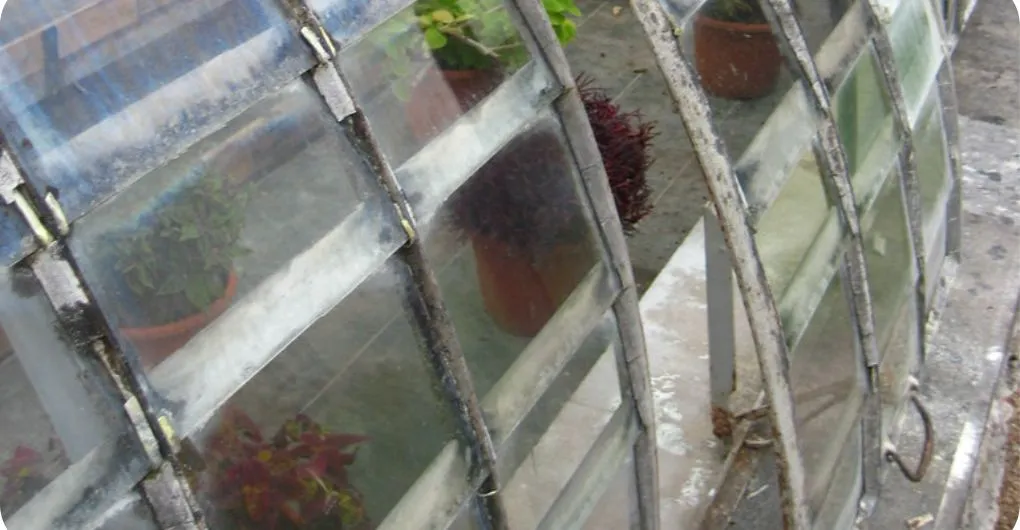
Shade Greenhouse
A shade greenhouse is a kind of greenhouse designed to provide plants with a cooler, shaded environment to thrive in that doesn’t require a lot of direct sunlight. This kind of greenhouse frequently uses an adjustable shade system to regulate how much light enters.
Shade greenhouses are excellent for producing plants like lettuce, herbs, and other leafy greens.
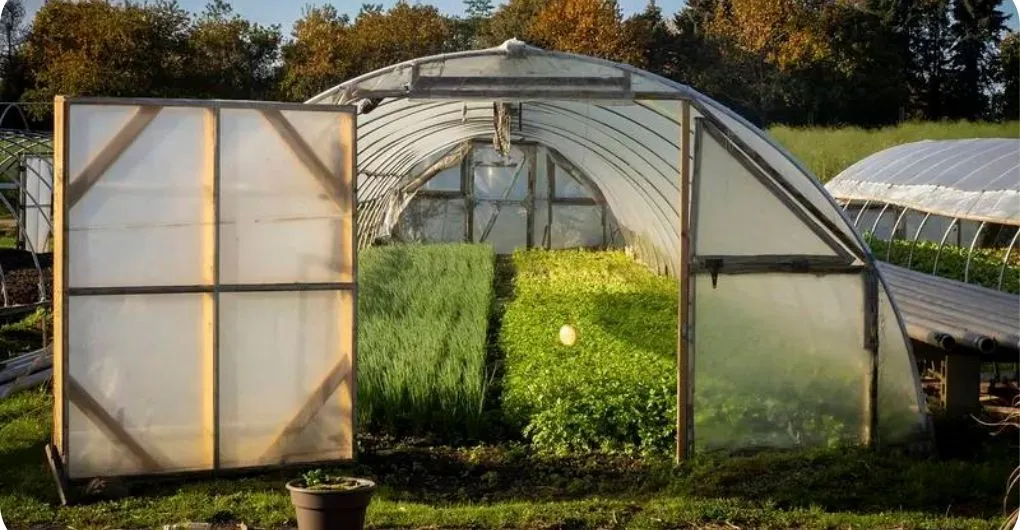
Screen greenhouse
A specific type of greenhouse called a “screen greenhouse” is designed to serve as a physical barrier against pests like insects and birds. This kind of greenhouse frequently employs a mesh screen to offer the best ventilation while keeping pests away.
Screen greenhouses are a great option for people who want to grow vegetables without using pesticides.

Lean-to greenhouse
A lean-to greenhouse is constructed up against an existing structure, such as a house or garage. It is frequently smaller in size and less expensive to build than other kinds of greenhouses.
A-Frame greenhouse
This design of the building, which has an A-frame shape, is intended to withstand heavy snow loads. In regions with severe winters, it is a sensible choice.
Gothic Arch Greenhouse
This design of the greenhouse maximizes headroom with an arch-like shape. It is a fantastic choice for tall plants.
Quonset hut greenhouse
This design of the greenhouse consists of a curved steel frame covered in plastic or polycarbonate. Because it is so easy to put together and take apart, it is an excellent choice for short-term use.
Advantages and Disadvantages of Greenhouse Farming
What are the advantages of greenhouse farming
- Economic benefits
Increased yield is one of the key advantages of greenhouse farming. Regardless of the weather outside, growers can produce crops all year round thanks to the regulated atmosphere. This leads to higher agricultural yields, which can help farmers increase their revenue and fulfill the rising demand for food.
In addition, greenhouse farming can significantly reduce transportation costs. As greenhouse farms can be developed nearer to cities, there is less of a distance between them and consumers, which lowers transportation costs and lessens the carbon footprint of moving food.
- Social Benefits
Food security can be increased via greenhouse farming, particularly in regions with challenging climatic conditions or limited land resources. Crop development is stable and secure in a controlled environment, which results in more reliable yields and easier access to nutritious, fresh food.
Another social benefit of greenhouse farming is local food production. Greenhouse farming can help in the development of local food systems, the creation of jobs, and community development by minimizing the distance between producers and consumers.
What are the disadvantages of greenhouse farming
- Upfront Costs and Ongoing Maintenance
One of the biggest challenges of greenhouse farming is the high upfront costs associated with building a greenhouse. The cost of construction materials, land, and equipment can be prohibitive for some farmers.
Additionally, ongoing maintenance costs can add up quickly, with expenses for heating, cooling, and lighting systems, as well as repairs and replacements for damaged equipment. You can heat your greenhouse in winter for free by using different methods.
- Control of Temperature, Humidity, and Other Environmental Factors
Another significant challenge of greenhouse farming is maintaining the optimal environmental conditions for plant growth. Air quality, climate, humidity, light, and other crucial aspects must all be properly regulated to achieve maximum yields and produce quality.
Failure to maintain these factors can lead to stunted growth, reduced yields, and even crop failure.
- Disease and Pest Management
Greenhouses are ideal environments for the growth and spread of pests and diseases. With a limited number of natural predators, Pests can grow at an unexpected rate and can do substantial harm to crops. Similarly, diseases can spread rapidly in the warm, humid environment of a greenhouse.
Effective disease and pest management strategies must be in place to prevent and control infestations. To solve this problem, you need to ventilate your greenhouse by using natural or mechanical ventilation methods.
Types of crops that can be grown in greenhouses
Vegetables and fruits
Fruits and vegetables that require a warm, humid climate are best grown in greenhouses. In greenhouses, crops that flourish are:
- tomatoes
- cucumbers
- peppers
- eggplants
Greenhouses can also be used to raise leafy greens like
- lettuce
- spinach
- kale
These vegetables require a high level of moisture and a steady temperature, which greenhouses can provide. In addition to protecting from pests and illnesses, greenhouses are necessary for growing strong, abundant crops.
Flowers and plants
Greenhouses are not just for fruits and vegetables; they are also ideal for growing flowers and plants. In a greenhouse, flowers like
- roses
- lilies
- orchids flourish
Extreme weather and pests, which can harm flowers and limit their output, can be well protected in greenhouses. Furthermore, greenhouses enable the production of uncommon and exotic species that might not be available in nearby nurseries.
Spices and herbs
Herbs and spices that require a particular growing environment are ideal for growing in greenhouses. For instance, herbs like
- rosemary
- thyme
- basil
grow best in warm, humid conditions. Due to the sensitivity of these herbs to temperature variations, cultivating them in a greenhouse ensures a constant temperature. Moreover, year-round greenhouse cultivation is possible for herbs like cilantro, parsley, and chives.
Examples of successful greenhouse farming operations
Greenhouse successful small-scale operations
Pleasant Valley Farm: Situated in Argyle, New York, Pleasant Valley Farm is a family-run company that specializes in growing vegetables and herbs in greenhouses. They cultivate a wide range of crops, such as lettuce, kale, and basil, using sustainable and organic farming methods.
Stoney Creek Farm: Based in Franklin, Tennessee, Stoney Creek Farm is a small-scale operation that grows a range of products in its greenhouses, including tomatoes, cucumbers, and peppers. For those who are interested in learning more about sustainable farming methods, they also provide several classes and workshops.
The Glass Farmhouse: The Glass Farmhouse is a distinctive small-scale greenhouse enterprise that cultivates a diverse range of flowers and herbs. It is situated in Jonesboro, Arkansas. They are renowned for their beautiful floral arrangements and specialize in rare and exotic plant species.
Greenhouse successful large scale operations
Village Farms: Village Farms is a sizable greenhouse operation that produces a range of vegetables, such as tomatoes, peppers, and cucumbers, and is based in Vancouver, British Columbia. They strongly support the environment using ecologically friendly farming practices and have received multiple accolades for it.
Houweling’s Tomatoes: Houweling’s Tomatoes One of the biggest greenhouse enterprises in North America is Houweling’s Tomatoes, which that facilities in California and British Columbia. They specialize in using cutting-edge farming methods and cutting-edge technologies to produce premium tomatoes.
Pure Flavor: Pure Taste is a greenhouse company with a location in Leamington, Ontario, that specializes in growing a range of fruits and vegetables, such as tomatoes, peppers, and cucumbers. Sustainable agriculture is a priority for them, and they take pride in using cutting-edge agricultural methods.
Greenhouse successful urban farming initiatives
Gotham Greens: Gotham Greens is a pioneer in urban greenhouse farming, with locations in New York, Chicago, and Baltimore. In their cutting-edge greenhouses, they use creative and ecological growing methods to cultivate a range of greens and herbs.
BrightFarms: BrightFarms is a greenhouse company with a focus on producing food for nearby supermarkets. It is based in Irvington, New York. They create year-round, fresh, and environmentally friendly products using hydroponic growing methods.
Lufa Farms: Located in Montreal, Quebec, Lufa Farms is an innovative greenhouse enterprise that cultivates food on the roofs of structures in urban areas. They specialize in using sustainable and cutting-edge growing methods to provide a wide range of greens and vegetables.
Conclusion
Now that you’ve learned about greenhouse farming, you can start growing your fresh produce all year round! With the appropriate equipment and methods, anyone can be a successful greenhouse farmer. From tomatoes and peppers to herbs and lettuce, there’s no limit to what you can grow in your backyard greenhouse. So why wait?
Start your greenhouse farming adventure today and enjoy the benefits of fresh, healthy food at your fingertips! I hope that this post cleared your mind about what is greenhouse farming. If you have any other questions, ask me in the comments. Thank you!

